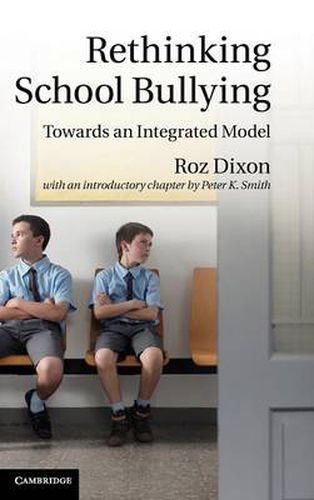Readings Newsletter
Become a Readings Member to make your shopping experience even easier.
Sign in or sign up for free!
You’re not far away from qualifying for FREE standard shipping within Australia
You’ve qualified for FREE standard shipping within Australia
The cart is loading…






What would make anti-bullying initiatives more successful? This book offers a new approach to the problem of school bullying. The question of what constitutes a useful theory of bullying is considered and suggestions are made as to how priorities for future research might be identified. The integrated, systemic model of school bullying introduced in this book is based on four qualitative studies and incorporates theory from systemic thinking; cognitive, social, developmental and psychoanalytic psychology; sociology, socio-biology and ethology. The possible functions served by bullying behaviour are explored. Consideration is also given to the potential role of unconscious as well as conscious processes in bullying. The model suggests a number of causal processes within one-to-one relationships and peer groups, and highlights factors within individuals and schools that shape the form, intensity and duration of bullying behaviour in practice. The issue of ‘difference’ is also addressed, focusing on childhood deafness.
$9.00 standard shipping within Australia
FREE standard shipping within Australia for orders over $100.00
Express & International shipping calculated at checkout
What would make anti-bullying initiatives more successful? This book offers a new approach to the problem of school bullying. The question of what constitutes a useful theory of bullying is considered and suggestions are made as to how priorities for future research might be identified. The integrated, systemic model of school bullying introduced in this book is based on four qualitative studies and incorporates theory from systemic thinking; cognitive, social, developmental and psychoanalytic psychology; sociology, socio-biology and ethology. The possible functions served by bullying behaviour are explored. Consideration is also given to the potential role of unconscious as well as conscious processes in bullying. The model suggests a number of causal processes within one-to-one relationships and peer groups, and highlights factors within individuals and schools that shape the form, intensity and duration of bullying behaviour in practice. The issue of ‘difference’ is also addressed, focusing on childhood deafness.